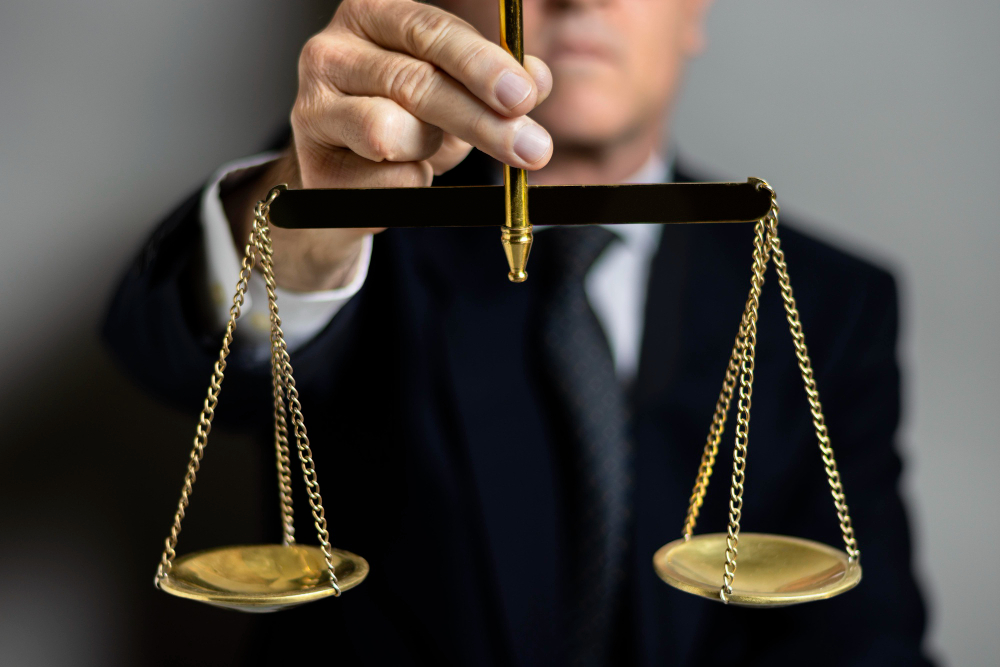
Introduction:
The Indian Evidence Act, a cornerstone of the country’s legal framework, meticulously outlines the rules and procedures governing the admissibility of evidence in courts. Among its various provisions, Section 141 delves into the concept of leading questions and their impact on the presentation of evidence in legal proceedings.
Definition of Leading Questions:
Leading questions, within the context of legal proceedings, refer to inquiries that suggest a specific answer or contain assumptions that guide the respondent. These questions are often designed to lead the witness to a particular conclusion rather than allowing them to provide an unbiased and independent account of the events in question.
Role of Leading Questions in Cross-Examination:
One of the critical aspects of leading questions is their role in cross-examination. Cross-examination is a crucial phase of a trial where the opposing party’s counsel questions a witness presented by the opposing side. The use of leading questions in this context aims to test the credibility of the witness and unveil inconsistencies or biases in their testimony.
Section 141 of the Indian Evidence Act:
Section 141 of the Indian Evidence Act specifically addresses the use of leading questions during examination-in-chief and cross-examination. This section provides guidelines and limitations on the types of questions that can be posed to witnesses, emphasizing the need for open-ended queries during examination-in-chief to elicit genuine and unbiased responses.
In the realm of cross-examination, Section 141 allows for the use of leading questions to a certain extent. However, it is crucial for legal practitioners to exercise caution and adhere to the prescribed limits to maintain the integrity of the evidence presented.
Balancing Act in Questioning:
Legal professionals must strike a delicate balance when using leading questions. While cross-examination permits their use for the purpose of challenging the witness’s testimony, it is imperative to avoid excessive leading, as it may be viewed as an attempt to unduly influence or manipulate the witness.\
Case Laws:
Rameshwar v. State of Rajasthan (1952 AIR 54): In this landmark case, the Supreme Court emphasized the importance of maintaining fairness in examination and cross-examination. The court held that leading questions, if used excessively, can compromise the reliability of witness testimony. This decision highlighted the need for legal practitioners to exercise restraint in employing leading questions to ensure the integrity of the trial process.
Sarwan Singh v. State of Punjab (AIR 1957 SC 637): The Supreme Court, in this case, elucidated on the distinction between examination-in-chief and cross-examination. It emphasized that leading questions are generally prohibited during examination-in-chief to allow witnesses to present their version of events independently. However, the court acknowledged that leading questions are permissible in cross-examination to test the veracity and consistency of the witness’s testimony.
State of Maharashtra v. Damu (2000 Cri LJ 3157): This case addressed the issue of leading questions in the context of hostile witnesses. The court held that when a witness turns hostile during cross-examination, the prosecutor may be permitted to use leading questions to elicit the truth and expose any contradictions in the witness’s statements. The decision reinforced the idea that leading questions, when used judiciously, serve the interest of justice.
Zahira Habibullah Sheikh v. State of Gujarat (2004 SCC (6) 158): In this case, the Supreme Court underscored the responsibility of the court to ensure a fair trial. It cautioned against the misuse of leading questions to coerce or intimidate witnesses. The judgment highlighted the need for judges to intervene when leading questions go beyond the permissible limits, emphasizing the court’s role in maintaining the sanctity of the legal process.
Mangoo v. State of Madhya Pradesh (2003 Cri LJ 346): This case explored the scope of Section 141 in the context of expert witnesses. The court clarified that while leading questions may be allowed to a certain extent during the examination of experts, the primary objective remains to elicit their independent and unbiased opinion. The decision contributed to the nuanced understanding of the application of leading questions in various circumstances.
Ensuring Fairness and Impartiality:
The overarching objective of Section 141 is to ensure fairness and impartiality in the examination of witnesses. By restricting the use of leading questions in examination-in-chief, the legislation aims to foster an environment where witnesses provide information based on their own recollection and understanding, free from external influence.
Conclusion:
In conclusion, understanding the nuances of leading questions under Section 141 of the Indian Evidence Act is essential for legal professionals involved in courtroom proceedings. By appreciating the delicate balance required in their use, lawyers can contribute to the fair and just administration of justice, upholding the principles enshrined in the Indian legal system.









